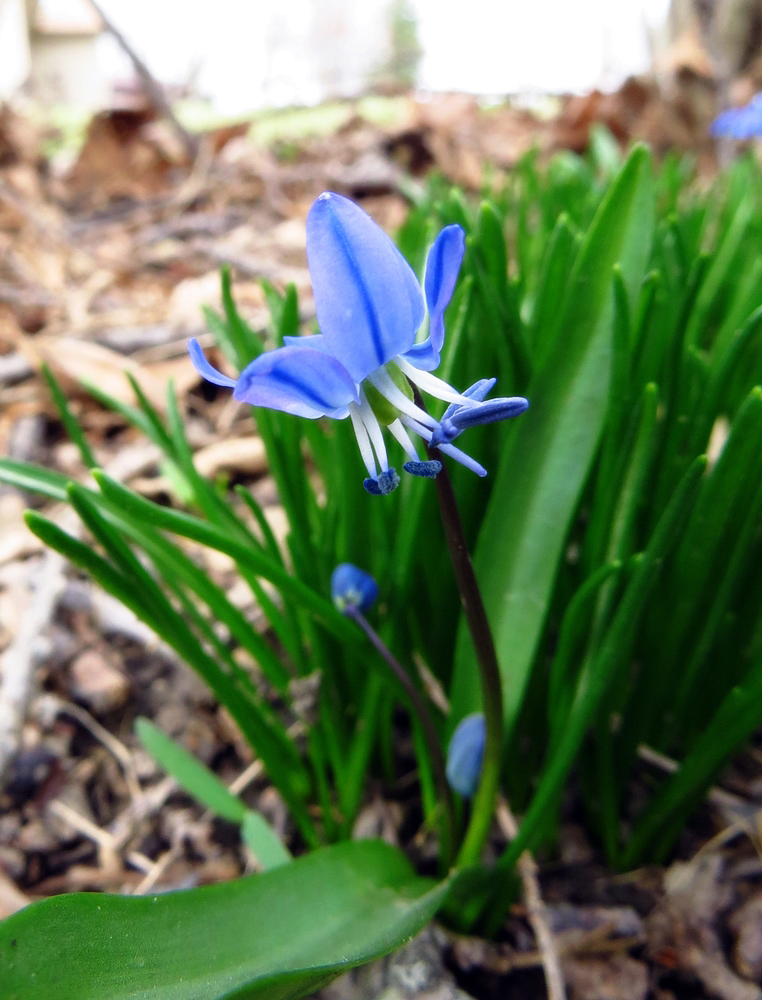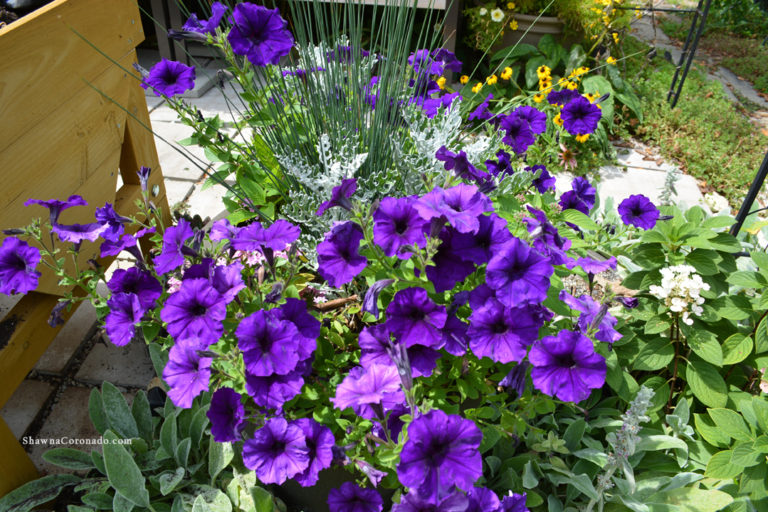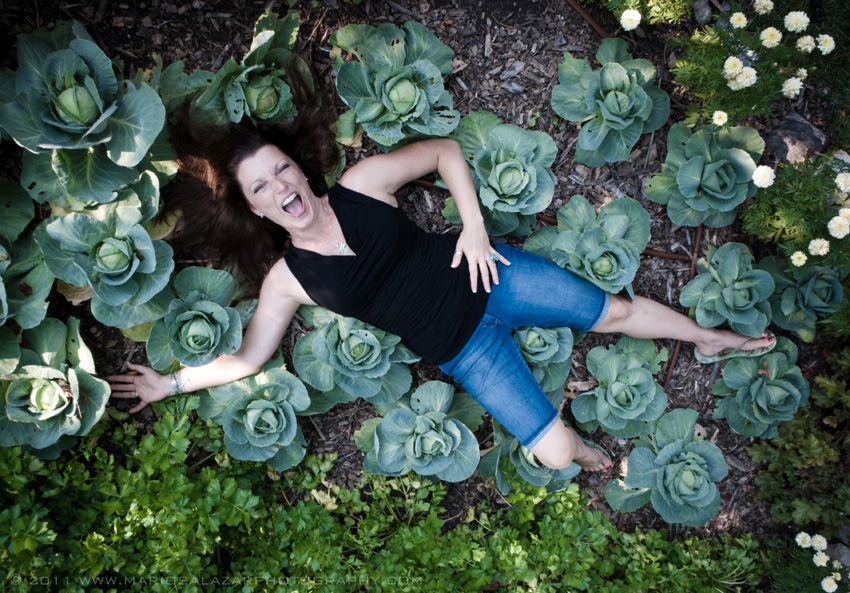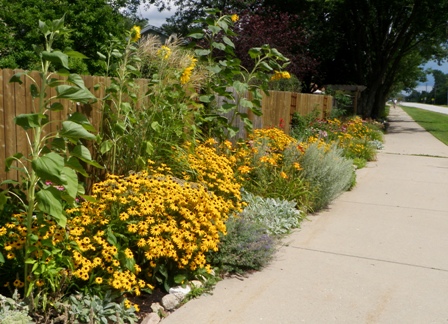Plant a Siberian Squill Bulb (Scilla siberica)
One of the most delightful bulbs found growing in early spring in the Midwestern garden are Siberian Squill or Scilla siberica. They offer a peek of color when the world is still cold and are a perfect contribution to a bulb garden. Below is a page from my latest book, the Illinois Getting Started Garden Guide, that will give you a fantastic idea on how to get started growing the smart little bulb (photo credit for the Scilla above is from the amazing Kylee Baumle of OurLittleAcre.com).
- Siberian Squill Botanical Name – Scilla siberica
- Bloom Period and Seasonal Colors – Blue, pink, white, and striped flowers bloom in early spring.
- Mature Height x Spread – 2 to 8 inches X 2 inches
- Botanical Pronunciation – SILL-uh sye-BEER-ih-kuh
- Added Benefits – Drought Tolerant, Attracts Beneficials
- Sun Requirements – Sun, Part Sun, Part Shade, Shade
Siberian squill is truly one of the easiest bulbs to naturalize and is quite hardy, growing all over the world, even in its namesake, Siberia. They run with abandon through garden, woodland, and grass alike creating rivers of blue, pink, or white color throughout the landscape. While some consider it invasive, I have found it easy to dig up if necessary, and unobtrusive because the Siberian squill blooms at such time that most gardeners are not able to mow or plant yet. Without a doubt its happy spring time color is more than welcome at the end of winter. Blooming as nodding flowers with 3 to 5 star-shaped blooms lasting between two and three weeks, it has a light fragrance as well which adds to its springtime joy.
When, Where, and How to Plant – Known as woodland plants, Siberian squill love loamy, well drained, soil filled with compost and other rotted organic matter. Loosen clay soil with rotted manure and compost on first planting. Plant your Siberian squill bulbs 2 to 3 inches deep and about 4 inches apart from one another in the planting holes after the first frost. Place pointy side of the bulb facing up.
Growing Tips – Leave foliage on the plants until it turns brown and withers in order to help put energy back into the little bulb; foliage is quite unobtrusive because of the diminutive size of the bulb. Plant the Siberian squill in clustered groups of 24 or more for strong effect in the garden. Apply an organic all-purpose granular fertilizer when new growth breaks ground and keep the bulbs well watered through the season.
Advice and Care – While Siberian squill like all levels of sun, they do not prefer overly hot locations. Cool slightly moist woodland locations are best. Boggy soil drowns the bulbs, so it is not advised to plant the bulbs in a heavily wet area.
Companion Planting and Design – While this bulb looks excellent in all types of beds and borders, it is best suited to naturalizing. It is excellent in rock gardens and under trees and shrubs. Lawns that have been heavily planted with blue shades of Siberian squill seem to turn into a blue carpet in the spring. Siberian squill and its relatives look marvelous planted in miniature container gardens and make excellent spring fairy garden plantings.
Try These – ‘Alba’ is a remarkable little white flower that will produce 3 to 4 thin scapes with 1 to 3, drooping, bell-like, white flowers with yellow anthers. ‘Prussian blue’ is a bold blue. ‘Spring Beauty’ is a larger-flowered, taller version of ‘Prussian blue’ that has a sweeter fragrance than other Siberian squill. Puschkinia scilloides is a similar variety of plant that comes in pinks, various colors of blue, and stripes, often having a white star-shaped flower with a blue stripe on the petals. If you would like more ideas on how to grow all types of plants in the Midwest, please pick up my latest book, the Illinois Getting Started Garden Guide online or at a book store. Thanks!







Congrats on the book Shawna and this is one of my favorite bulbs in my garden!
Thanks Donna. It’s a cute little guy!
Congratulations on your book Shawna! I will pass this bulb info along to my wife … she is more the flower guru than I 🙂
I was so lucky to have hundreds of these already naturalizing my yard and woodland. Oddly for the first decade I lived here I never noticed the blue pollen until a fellow blogger mentioned it to me!
TY for the update.
Teresa Marie